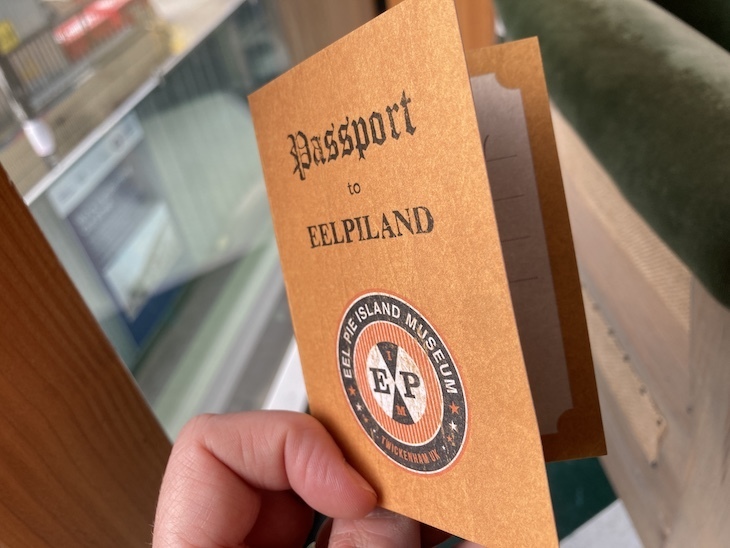
"If there is no music playing, please feel free to choose a record (just ask if you need help to put it on)."
There can't be many museums where visitors are invited to select a vinyl, then place it on the turntable. But then there aren't many museums like the one celebrating the history of Eel Pie Island.

Between the 1950s and the 1970s, the Twickenham ait was synonymous with British jazz, then later rock and R&B. Now private and mostly residential, the island once rocked to the music of the Rolling Stones, The Who, Pink Floyd, and the Yardbirds.
Rod Stewart, Eric Clapton, David Bowie and Jeff Beck all honed their sound at the Eel Pie Island Hotel, a bohemian music venue overseen by pipe-smoking club owner Arthur Chisnall.
The hotel is long gone, having burnt down in a fire in the early 70s. It seems it couldn't outlast the decade whose popular culture it had helped to shape. But a million memories remain, and these are affectionately captured at the tiny Eel Pie Island Museum.
Inside the museum

The first thing to know about the museum is that it's not on Eel Pie Island. Instead, look for the old cinema building about five minutes' walk away on Richmond Road.
You could easily walk past without giving it a second glance. With its peeling paint facade and recessed door labelled "Richmond Borough Chamber of Commerce", it looks at first like you shouldn't be here. Nothing could be further from the truth.

Inside is a warren of nooks, crannies and niches plastered with memories from the 50s and 60s. It turns out, though, that the island's entertainment industry goes back much further. It was mentioned by Dickens in Nicholas Nickleby as a place you could "dance to the music of a locomotive band". That spirit continued down the decades as the venue adapted to ballroom dancing, before turning to jazz in the 1950s. Greats such as George Melly and Acker Bilk (they've got his waistcoat and hat) were regulars.

Most of the museum is given over to Eel Pie Island's most important decade, when many of the A-listers of the 60s rock and R&B scenes played the island. Stones fans in particular will find a lot to savour. The band had a famous residency on Eel Pie Island, which kicked in just as they were hitting the big time. Their final gig here on 25 September 1963 drew such crowds and commotion that it would have been cancelled today. Look out for Charlie Watts's drumsticks at the far end of the museum.

While music is the museum's first love, it also nods to Twickenham's wider creative output. A whole room is devoted to inventor and islander Trevor Baylis. Noted chiefly for his wind-up radios, Baylis had a long and colourful career of adventure and innovation. You can sit in his thinking chair and admire a pair of electricity-generating walking shoes. These never caught on — imagine the response if you wore them to an airport.

The museum also touches on the island's long history of boat building and repair, which continues to this day. It's a small museum, but it packs a lot in and, unlike Mick, you can get satisfaction from its stories. Be sure to talk to the staff, who are absolute geeks about the era and filled with anecdotes.
Before leaving, you'll get an Eel Pie Island passport — a sliver of card that replicates the one which gig-goers would receive in the 1960s. This gets you unlimited annual access to the museum.

Sadly, the passport doesn't grant you any special access to the island itself. As the Stones might say, you can't always get what you want. There's nothing to stop you wandering over the bridge but, as a private enclave, there's not an awful lot to see. Look out instead for the twice yearly open weekends, where you can explore some of the island's artist studios and see the site of the hotel.
Finally, we'd recommend picking up a copy of Andrew Humphrey's book, Raving Upon Thames, which explores the history of Eel Pie Island and the borough of Richmond's wider musical heritage. It's available from the museum shop.
Eel Pie Island Museum is at 1-3 Richmond Road, Twickenham, TW1 3AB. It opens Thur-Sun 12-6pm and caters for group visits as well as individual walk-ins. Entrance is £3/£5.




